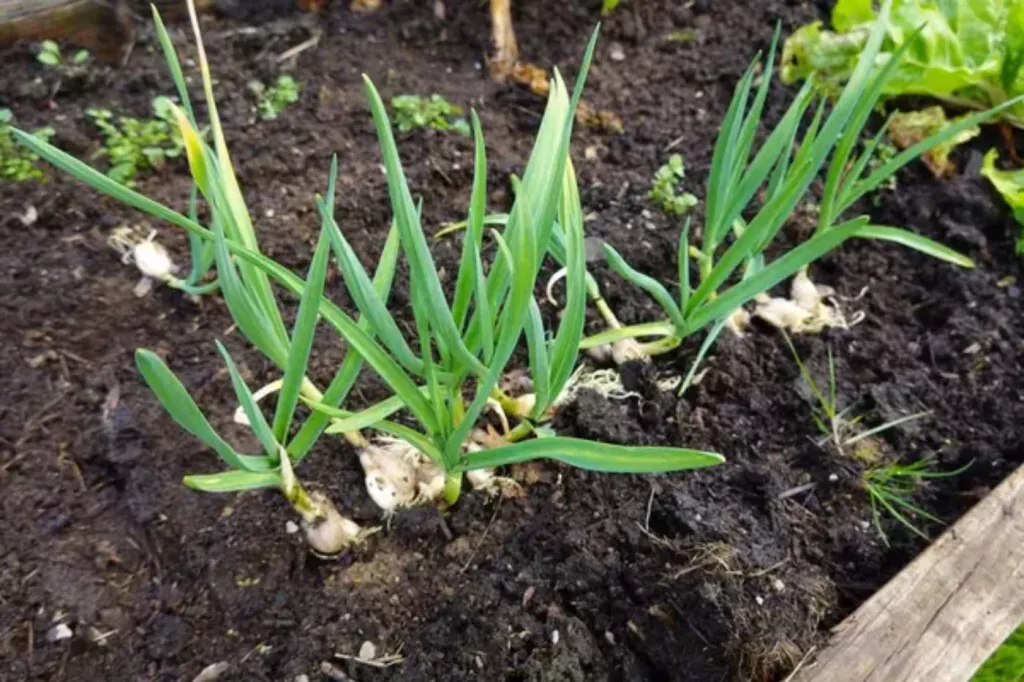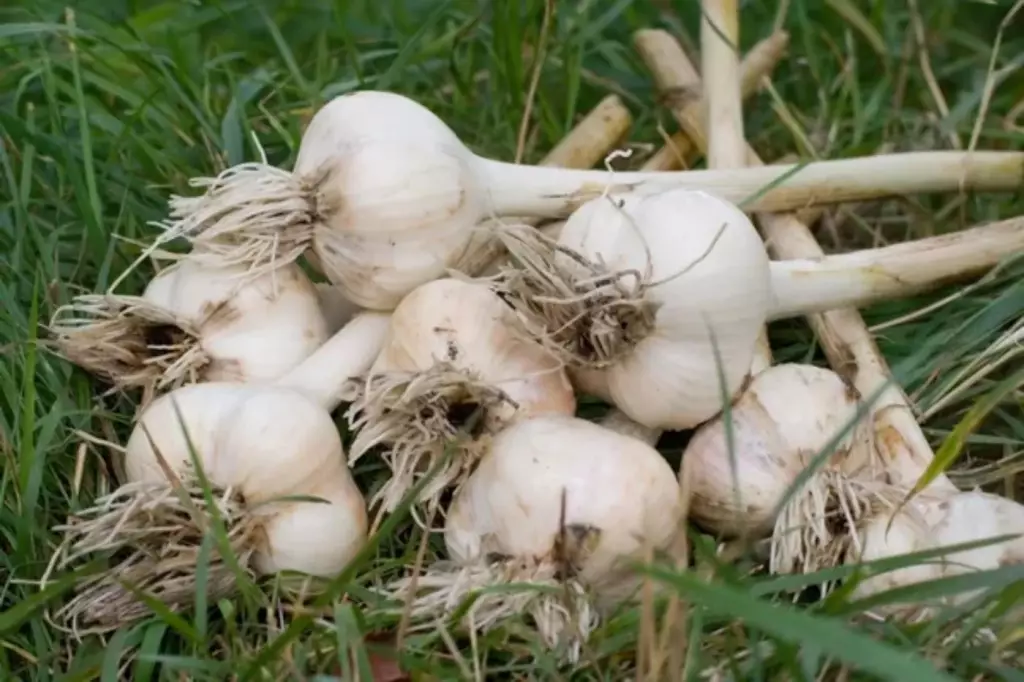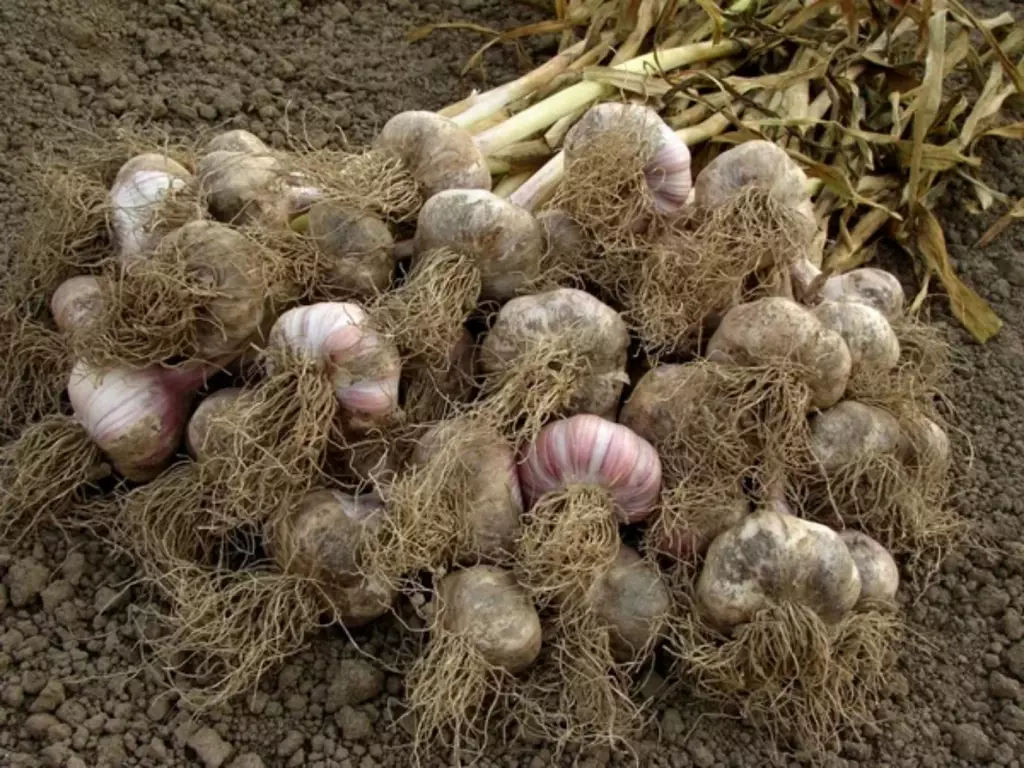Elephant Garlic Yield per Acre: What to Expect
Elephant garlic has an average yield potential ranging from moderate to high per acre. This yield is significantly influenced by factors such as soil fertility, irrigation, and the specific cultivation practices employed. In this article, we will delve into the cultivation of elephant garlic, focusing on the factors that influence its yield per acre.
Elephant garlic, a larger but milder variant of common garlic, yields approximately 10,000 to 15,000 pounds per acre under optimal conditions. Proper care and management are crucial for achieving these yields.
However, the twist comes with the initial investment and patience required; elephant garlic needs rich soil, careful tending, and more space to grow, making it a long-term commitment. Let's take a closer look at some specific techniques that can ensure a bountiful harvest.
Summary
- The yield of elephant garlic is significantly impacted by environmental conditions and agricultural practices, requiring full sunlight, a soil pH of 6.0 to 7.5, well-draining soil, and a climate with warm days and cool nights for optimal growth.
- The genetic composition of elephant garlic significantly influences its yield, as varieties vary in their potential to produce larger bulbs, indicating that choosing the appropriate variety for specific environmental conditions and yield objectives is essential for maximizing harvest weight per acre.
- If you have an average yield of 1,000 pounds of elephant garlic per acre and a market price of $15 per pound, along with total average costs of $3,800 per acre, farmers can potentially achieve a net profit of $11,200 per acre.

On this page:
Average Yield per Acre for Elephant Garlic
Your average elephant garlic yield can vary significantly depending on your farming practices and environmental conditions. Generally, you can anticipate:
| Type of Garlic | Yield per Acre |
|---|---|
| Elephant garlic | 10,000 to 15,000 pounds per acre |
In some parts of California, yields up to 20,000 pounds per acre have been recorded, which are on the high end for garlic varieties.
Tips and tricks to maximizing yield

To maximize your elephant garlic yield, pay close attention to these key factors:
-
Planting: Plant each clove with the pointed end up, four to six inches deep and eight inches apart to give them plenty of space.
-
Soil: Ensure your soil is well-prepared by deep turning to bury any residue and incorporate organic matter.
-
Water: Elephant garlic requires consistent watering, especially during the growing season, to develop properly.
-
Light: Plant in an area with full sunlight to encourage strong growth.
-
Fertilizer: Use a balanced fertilizer to provide necessary nutrients throughout the growing season.
-
Pest control: Implement pest control measures to protect your crop without compromising it.
Factors Influencing Elephant Garlic Yield
Genetic variability
Elephant garlic, known for its larger bulbs compared to regular garlic, has a yield that is influenced by its genetic makeup.
Each variety has a different genetic potential for yield. For instance, hardneck varieties generally produce fewer cloves but are larger, impacting the overall weight harvest.
Environmental conditions

The success of your elephant garlic heavily depends on optimal environmental conditions. For favorable growth, elephant garlic prefers the following:
- Full sun: It requires plenty of sunlight to thrive.
- Soil pH: Ideal soil pH ranges from 6.0 to 7.5.
- Well-draining soil: To prevent root rot which can be exacerbated by poor drainage.
- Humidity and temperature: A balance between warm days and cool nights is best.
| Factor | Ideal Condition |
|---|---|
| Sunlight | Full sun |
| Soil pH | 6.0 to 7.5 |
| Soil drainage | Well-draining |
| Temperature | Warm days, cool nights |
Agricultural practices
Your cultivation methods will greatly impact the yield. Use soil testing to understand your soil's needs and adjust with compost or manure to enrich it.
Mulching helps retain moisture and suppress weeds. Raised beds ensure good drainage and can protect against pests. Regular care and cultivation, including timely planting and harvest, are key.

- Mulching: Essential for moisture retention.
- Compost/manure: To improve soil fertility.
- Raised bed: Ensures good drainage and reduces pest risk.
Maintain vigilance against diseases, pests, and weeds, as these can significantly reduce your harvest if not managed properly. Even with perfect environmental conditions and exceptional care, these threats can still impact your yield.
Remember to consider these factors as you prepare for and manage your elephant garlic crop to help ensure a fruitful yield.
Economic Considerations for Elephant Garlic
In assessing the viability of growing Elephant Garlic, your focus should be on the cost-effectiveness and potential returns.
Cost of cultivation per acre
| Cost Element | Estimated Cost |
|---|---|
| Land preparation | $250 - $500 |
| Seedlings | $1000 - $1500 |
| Fertilizers and pesticides | $100 - $300 |
| Labor | $500 - $1000 |
| Irrigation | $100 - $250 |
| Harvesting | $300 - $500 |
| Marketing and distribution | $200 - $700 |
| Miscellaneous | $100 - $300 |
-
Land preparation: This involves plowing, tilling, and possibly amending the soil to ensure it is conducive for the growth of Elephant Garlic. The cost varies depending on the initial state of the land and the specific preparations needed.
-
Seedlings: The investment in high-quality seedlings is crucial for a successful crop. Elephant Garlic, being larger than common garlic, requires more space and potentially higher costs for seedlings.
-
Fertilizers and pesticides: These costs depend on the choice between organic or synthetic options, the size of the area being cultivated, and the specific needs of the crop.
-
Labor: This includes planting, maintenance, and monitoring of the crop throughout the growing season. The wide range reflects the variation in wage rates and the amount of labor required.
-
Irrigation: The investment in irrigation systems or water management strategies is essential, especially in areas prone to dry conditions.
-
Harvesting: This encompasses the manual or mechanical collection of the mature garlic and preparation for sale, which can be labor-intensive.
-
Marketing and distribution: Costs here include packaging, transportation, and marketing efforts to sell the garlic. This range accommodates different scales of operation and marketing strategies.
-
Miscellaneous: Unforeseen expenses, equipment maintenance, and other incidental costs fall into this category.
Analyzing the Profitability of Elephant Garlic

To provide an overview of the profitability of elephant garlic cultivation, let's assume the following:
- Average yield per acre: Let's assume an average yield of 1,000 pounds per acre, which is a conservative estimate given proper cultivation practices.
- Market price: We'll use $15 per pound as the market price, based on the high end for gourmet Elephant Garlic.
- Total costs: These will be calculated by taking the midpoint of the ranges provided for each cost element.
Costs calculation
- Land preparation: $(250 + 500) / 2 = $375
- Seedlings: $(1000 + 1500) / 2 = $1250
- Fertilizers and pesticides: $(100 + 300) / 2 = $200
- Labor: $(500 + 1000) / 2 = $750
- Irrigation: $(100 + 250) / 2 = $175
- Harvesting: $(300 + 500) / 2 = $400
- Marketing and distribution: $(200 + 700) / 2 = $450
- Miscellaneous: $(100 + 300) / 2 = $200
Let's calculate the total costs and then the revenue to analyze the profitability.
- Total costs: $3,800 per acre
- Total revenue: $15,000 per acre (with an average yield of 1,000 pounds per acre at $15 per pound)
This results in a net profit of $11,200 per acre.
For a more detailed analysis of the profitability potential of garlic farming, you can refer to this article.



